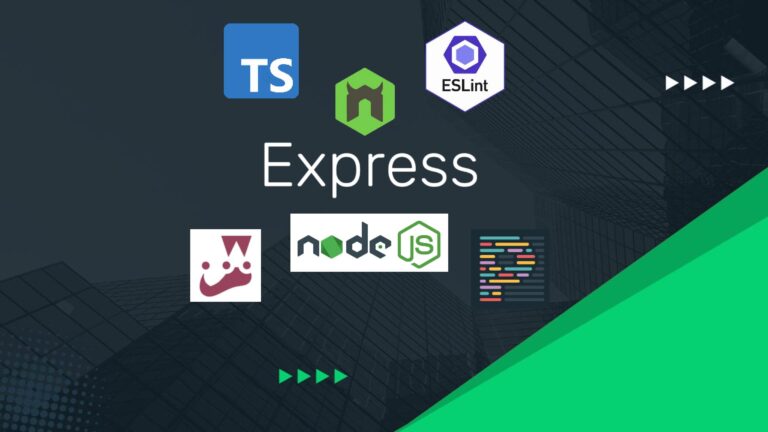Simplify Your Import Paths in Node.js with TypeScript Path Aliases
Are you tired of dealing with messy, deeply nested import paths in your Node.js projects? If so, TypeScript path aliases can be a game-changer. They simplify your imports, making your code cleaner and easier to maintain. However, setting them up properly requires some extra steps—especially when working with Node.js and Jest.
In this guide, we’ll walk through the process of configuring TypeScript path aliases in a Node.js project, ensuring they work seamlessly in development, production, and testing environments.
Why Use TypeScript Path Aliases?
As your Node.js project grows, import statements can become difficult to manage. You may find yourself writing paths like:
import Logger from "../../../utils/logger";
import Errors from "../../../errors";
This approach is not only visually cluttered but also fragile—moving a file to a different directory can break imports. Instead, we can define TypeScript path aliases, allowing us to write cleaner imports like:
import Logger from "@/utils/logger";
import Errors from "@/errors";
Now, let’s configure our project to support these aliases.
Step 1: Setting Up TypeScript Path Aliases
To define path aliases, open your tsconfig.json file and update the compilerOptions section:
{
"compilerOptions": {
"baseUrl": ".",
"paths": {
"@/*": ["src/*"]
}
}
}
This tells TypeScript to map any import starting with @/ to the src directory.
After saving these changes, your editor (like VSCode) should recognize the new import paths. However, if you try running your project with node, you’ll likely encounter a module not found error. That’s because Node.js doesn’t understand TypeScript’s aliasing by default.
🚀Boost your career with Full Stack Software Developer Certificate
Step 2: Making Node.js Recognize Path Aliases
To fix this, we need to install module-alias:
npm install module-alias
npm install @types/module-alias --save-dev
Next, update package.json to define module aliases for the compiled JavaScript files:
"_moduleAliases": {
"@": "./dist"
}
Finally, import module-alias in your index.ts file:
import "module-alias/register";
Now, when you run npm run build followed by npm start, Node.js will correctly resolve path aliases.
Step 3: Configuring Jest for Path Aliases
If you’re using Jest for testing, you’ll notice that it doesn’t recognize path aliases either. To fix this, install ts-jest:
npm install ts-jest
Then, update your jest.config.mjs file:
import { pathsToModuleNameMapper } from "ts-jest";
import { createRequire } from "module";
const require = createRequire(import.meta.url);
const { compilerOptions } = require("./tsconfig.json");
export default {
moduleNameMapper: pathsToModuleNameMapper(compilerOptions.paths, { prefix: "<rootDir>/" }),
};
This ensures that Jest correctly maps path aliases to their actual locations.
Step 4: Using TSC-Watch for Development
By default, ts-node doesn’t work well with module aliases. Instead, we can use tsc-watch for a better development experience:
npm uninstall nodemon ts-node
npm install tsc-watch --save-dev
Then, update your package.json scripts:
"scripts": {
"dev": "tsc-watch --onSuccess \"node dist/index.js\""
}
Now, running npm run dev will properly resolve path aliases in development.
Best Practices for Using Path Aliases
Here are some best practices when working with TypeScript path aliases:
- Be descriptive – Use clear and meaningful alias names (
@componentsinstead of@c). - Maintain consistency – Stick to a single naming convention across your project.
- Avoid conflicts – Ensure your aliases don’t clash with npm package names.
- Check compatibility – Verify that all your tools (Node.js, Jest, bundlers) support path aliases properly.
Conclusion
Using TypeScript path aliases in a Node.js project can significantly improve code readability and maintainability. However, proper configuration is crucial to ensure compatibility across development, testing, and production environments. By following these steps, you can eliminate messy import paths and streamline your workflow.





